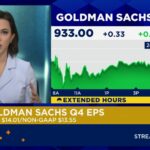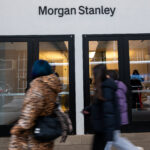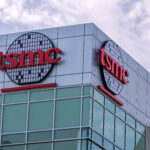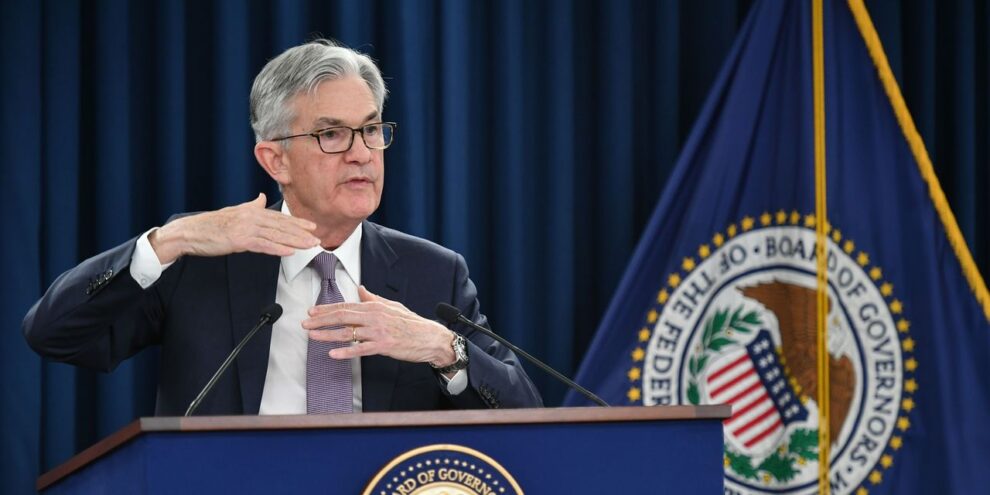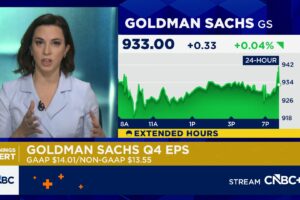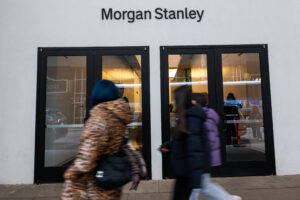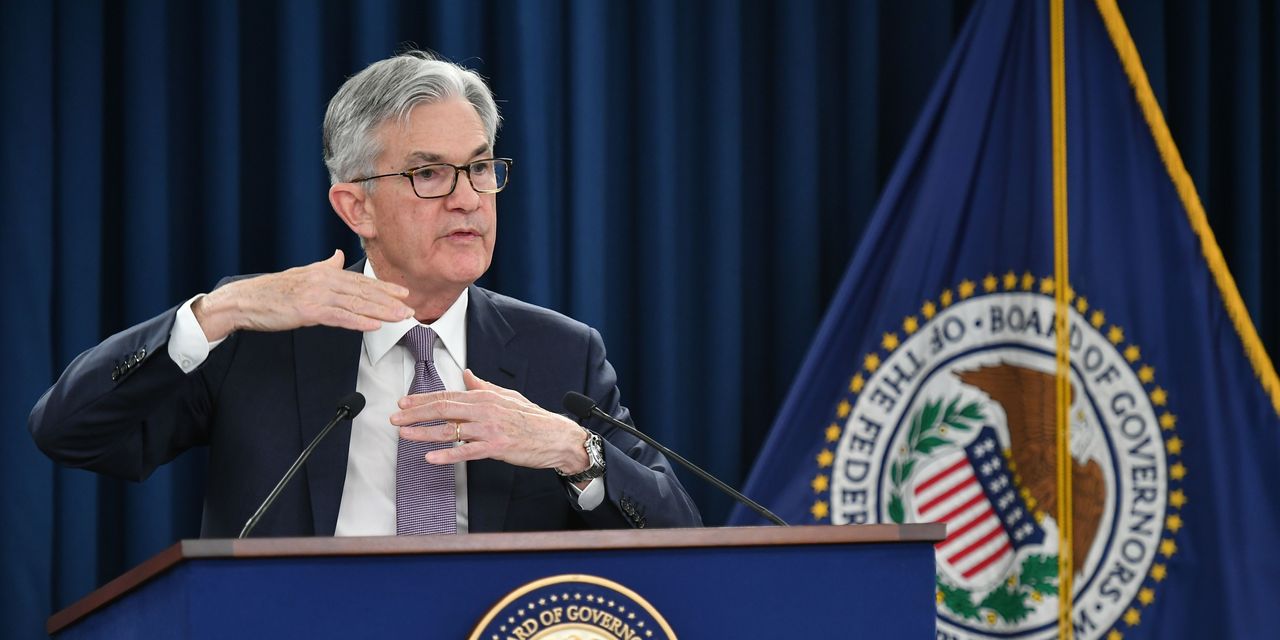
U.S. stocks climbed on Wednesday, extending the previous session’s rally, as traders awaited a monetary-policy decision from the U.S. Federal Reserve.
Investors also watched Ukraine-Russia developments, with equities appearing to find support after news reports indicated possible progress toward a cease-fire agreement.
What’s happening
- The Dow Jones Industrial Average DJIA, +0.79% rose 300 points, or 0.9%, to 33,839.
- The S&P 500 SPX, +1.13% gained 55 points, or 1.3%, to trade near to around 4,317.
- The Nasdaq Composite Index COMP, +1.86% rose 280 points, or 2.2%, to 13,227.
Stocks were attempting to build on the previous sessions’s trong gains, which saw the Dow rise 599 points, or 1.8%, while the S&P 500 jumped 2.1% and the Nasdaq Composite surged 2.9%.
What’s driving markets
The spotlight was squarely on the Federal Reserve, which has all but promised to deliver a quarter-percentage point interest-rate increase. The Fed will release its policy statement and updated projections at 2 p.m. Eastern, followed by Chairman Jerome Powell’s news conference at 2:30 p.m.
See: 4 things to watch at conclusion of Fed meeting on Wednesday
Market participants were expected to focus on projections of future rate rises, clues to how the Fed will eventually move to shrink its balance sheet and assessments of how the Russia-Ukraine war alters the outlook for inflation and economic growth.
The Fed is likely to forecast “growth is going down, inflation is moving up interest-rate increases are likely to be more aggressive,” said Anthony Saglimbene, global market strategist at Ameriprise Financial, in a phone interview.
“But I also think markets are expecting that,” Saglimbene said, adding that investors have been “nibbling” at higher-quality stocks that have been battered in recent weeks, particularly with oil prices declining sharply this week.
A sharp drop by oil futures also was credited with lifting risk appetite on Tuesday, with U.S. benchmark West Texas Intermediate crude CL.1, -0.52% and global benchmark Brent crude BRN00, -1.35% both plunging back below $100 a barrel after a surge last week to 14-year highs. U.S. oil futures were near $96 a barrel Wednesday.
President Joe Biden took to Twitter on Wednesday to criticize high gas prices despite this week’s tumble in oil prices, warning that oil companies shouldn’t “pad their profits at the expense of hardworking Americans.” Biden also is scheduled to deliver an address on developments in Ukraine, where he may announce $800 million in additional military aid to Kyiv.
Ukrainian President Volodymyr Zelensky, speaking to the U.S. Congress by video, continued to push for a no-fly zone, asked for more military aid and called for additional sanctions on Russia, as diplomatic talks between Russia and Ukraine to end the war continued. The Financial Times reported that negotiators had made significant progress toward a 15-point plan that includes a cease-fire and withdrawal of Russian troops if Kyiv declares neutrality and accepts limits on its military.
Against that backdrop, Eddy Elfenbein, portfolio manager of the AdvisorShares Focused Equity ETF CWS, +1.24%, expects volatile markets to continue as long as the S&P 500 is trading below its 50-day average, which on Tuesday was 4,454.
“Rates are going higher and the market’s focus is changing. Since November, low-volatility stocks have been back in favor. This trend will probably last for several months,” he said.
In economic reports, sales at U.S. retailers slowed sharply in February, rising 0.3%, and Americans probably bought fewer goods like groceries, consumer electronics and furniture after factoring in high inflation. Economists polled by The Wall Street Journal had forecast a 0.4% advance.
The previously reported 3.8% increase in sales in January, however, was raised to 4.9%, the government said Wednesday.
Read: What happens to money when the Fed starts shrinking its balance sheet?
Which companies are in focus?
- Shares of coffee-maker Starbucks SBUX, +5.13% jumped 12.7% after it announced the return of company founder Howard Schultz as CEO on an interim basis, as Kevin Johnson, who has lead Starbucks for five years, plans to step down on April 4.
- Shares of battered Chinese stocks were rebounding after brutal losses in recent days, with U.S.-listed shares of Alibaba Group Holding BABA, +26.72%, JD.com JD, +30.75% and Pinduoduo Inc. PDD, +45.06% were up double-digits.
- Shares of NortonLifeLock NLOK, -13.53% fell12.7% after the company’s proposed acquisition of Avast raised competition concerns.
How are other assets faring?
- The yield on the 10-year Treasury note TMUBMUSD10Y rose 2 basis points to 2.18%, after trading at its highest since May 2019, according to Dow Jones Market Data. Yields and debt prices move opposite each other.
- The ICE U.S. Dollar Index DXY, a measure of the currency against a basket of six major rivals, was down 0.5%.
- Gold for April delivery GCJ22 GC00 traded 1.1% lower, near $1,909 an ounce.
- Bitcoin BTCUSD was up around 1.2.% at about $40,220.
- The Stoxx Europe 600 SXXP, +3.06% jumped 3.2%, while London’s FTSE 100 UKX, +1.62% gained 1.7%.
—Steve Goldstein contributed reporting to this article.

